Photo Story: Thailand's History Is Powerful and Indians Have Much to Draw From It
Holiday planners tend to market Thailand primarily as a destination for pleasure tourism. And yes, it certainly is. But so are many European countries, including the Netherlands, Bulgaria, and Germany. Yet those are famous in tourism circles as remnants of Nordic, Bavarian, or even Cold War histories, where tourists breathe in the echoes of the past and recent events. So why can't this Southeast Asian country focus more on its own historical reminiscence?
Once, on my way to Vietnam, I had to change flights in Bangkok. During the journey from New Delhi to Bangkok, I sat next to a fellow passenger who happened to be a doctor. He was part of a large group of medical practitioners attending a so-called "conference" in Thailand, which was in reality a cover for sex tourism. He was visibly excited and curious as to why I was headed to Vietnam for a Buddhist conference. I asked him, "What do you plan to see in Thailand?" He replied, "Why, beach, bars, and brothels..."
I wasn’t surprised, but I felt disheartened by how many view the country solely through that lens, ignoring its deep historical layers and rich civilisation.
When I spoke to friends about how Buddhism and elements of Hinduism traveled eastward and shaped the kingdom of Siam, many laughed and dismissed it. They had no interest in anything beyond Nana Plaza or Bangla Street, where tourism thrives on the sex trade.
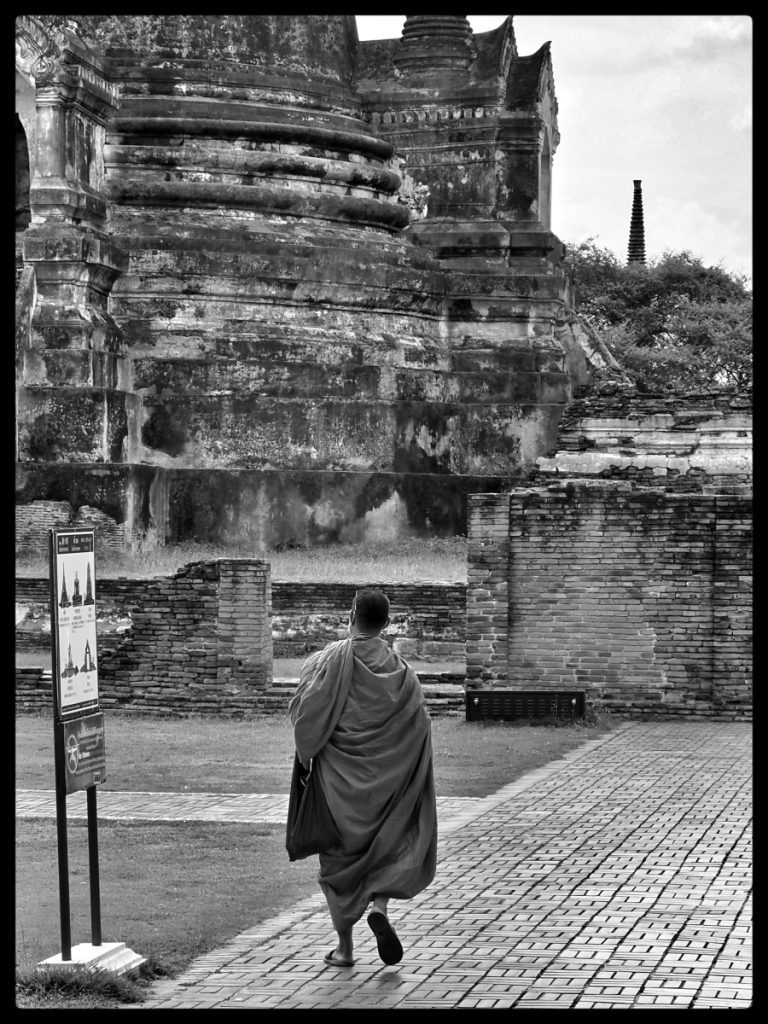
Very close to the hustle and bustle of Bangkok lies the old kingdom, resting along a meandering river, surrounded by headless Buddha statues. Thailand emerged from a series of conflicts and fallen empires that gave rise to powerful kingdoms. Ayutthaya was one such kingdom, flourishing from the 14th to the 18th century, when the Mughals ruled Hindustan and the Ming and later the Qing dynasties governed China. Known as the "invincible city," Ayutthaya suffered many succession issues and fought frequent wars with neighbouring Burma.
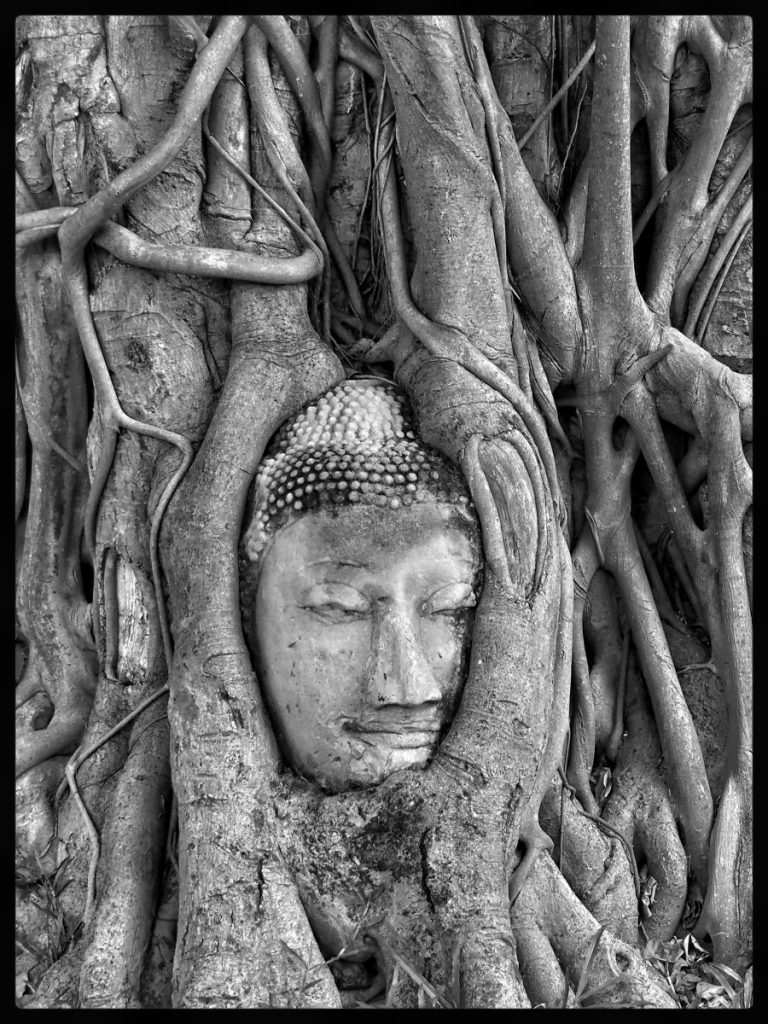
The Mahathat Temple in this heritage site holds a striking feature: the head of a Buddha statue entwined in the roots of a Bodhi tree, as if cradled by nature. Oral history, supported by historian Richard Ruth (an expert on Siam and Khmer history), suggests that during the Burmese campaign in the late 18th century, the city was ransacked, and many Buddhist structures were destroyed. The Buddha’s head was abandoned, and over time the tree grew around it, creating a sacred site of modern worship.
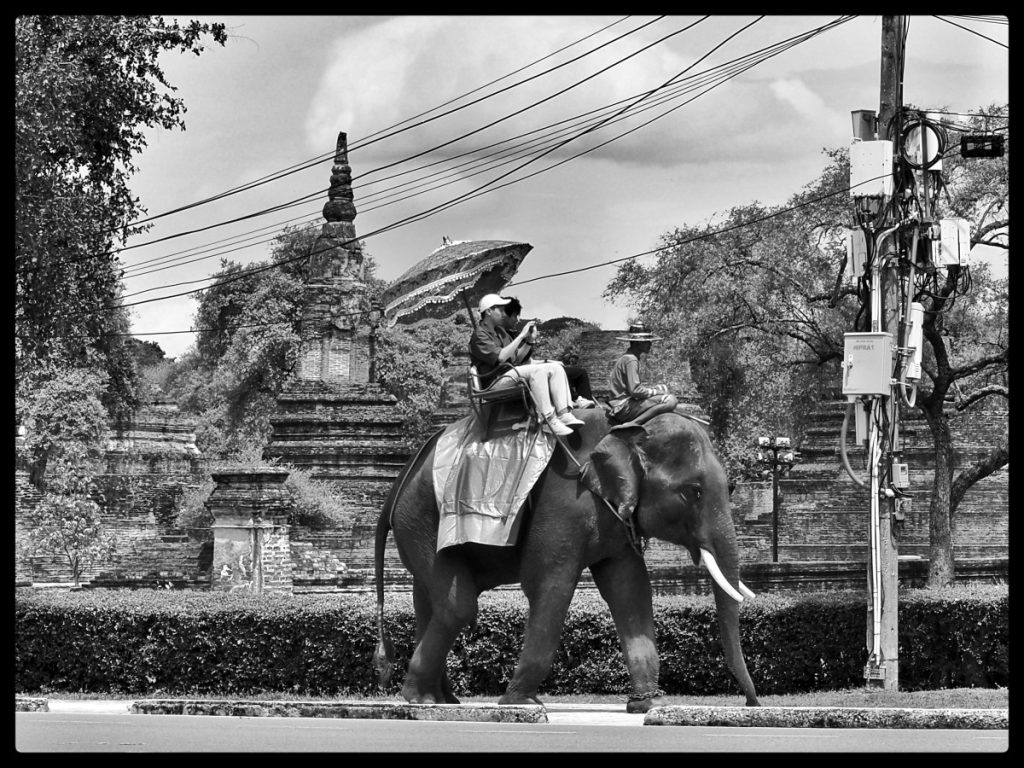
Nestled by the Chao Phraya River, the name Ayutthaya was inspired by the Indian city of Ayodhya. The Thai kings of the time borrowed heavily from Hindu culture and ideas. Remarkably, this Buddhist kingdom was selective in what it absorbed. They embraced the Ramayana as a court ritual and adopted customs like floating a lamp with flowers in remembrance of the dead, but rejected the caste system and other orthodox Hindu practices.
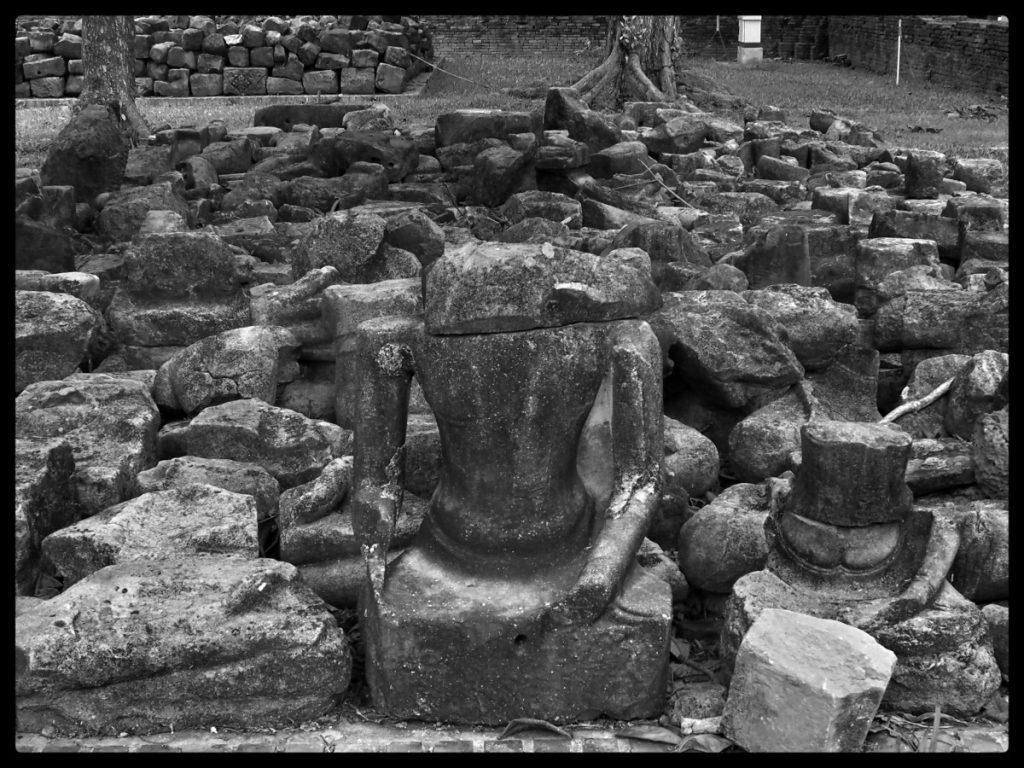
As Buddhism flowed from India, what emerged was a form often called Indic-Buddhism and it succeeded in bringing along cultural elements but embedding them firmly within Buddhist traditions. Emperor Ashoka had a significant influence in Thailand. Professor Nayanjot Lahiri has provided detailed explanations of how culture and tradition in Siam, particularly in the Thai regions, were shaped by Ashoka's Buddhist diplomacy.

Much earlier, in Northern Thailand along the Mekong Basin, travellers arrived from Khmer regions and the Yuan dynasty in China. Around the 5th century CE, the kingdom of Sukhothai emerged. Its architecture bears striking similarities to Angkor Wat and other Indic-Buddhist temples and stupas, highlighting the land's rich cultural heritage.
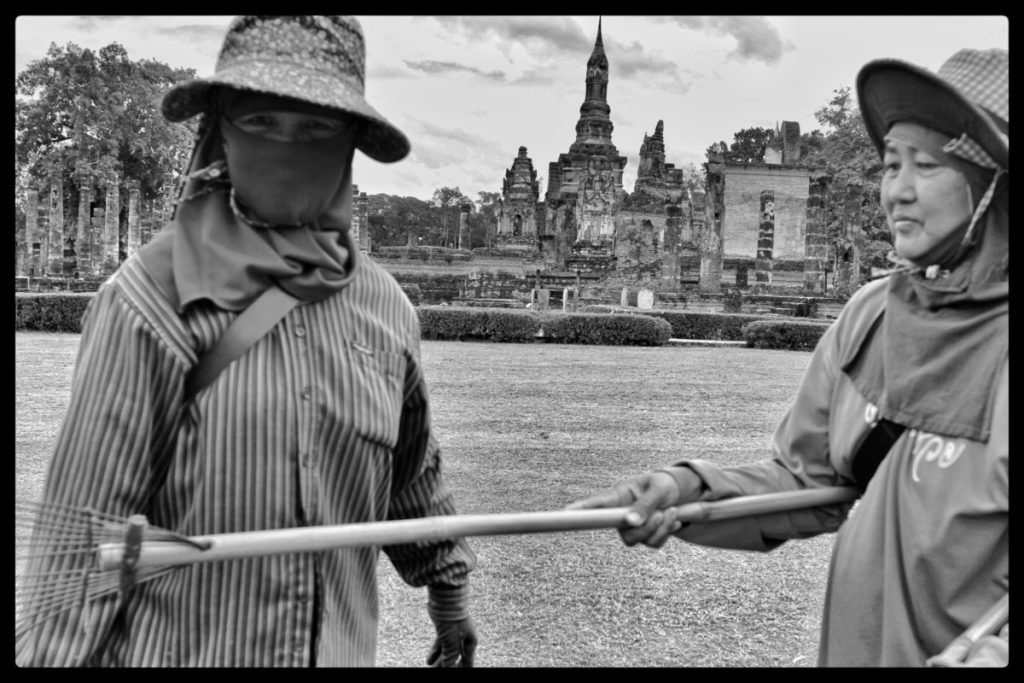
Over time, many Thai kings, especially those from Bangkok (formerly known as Krung Thep Maha Nakhon) and its twin city Thonburi, adopted the name “Rama” followed by a numeral. The powerful King Mongkut, who spent years as a humble monk before his coronation, became Rama IV. His throne name was borrowed from the Ramayana, as Buddhist belief recognised Vishnu’s avatar Rama and Sakyamuni (Gautama Buddha) as divine incarnations, all part of the shared Indic-Buddhist traditions.
Today, however, tourism rarely emphasises these connections. As a result, most Indian travellers overlook this beautiful heritage. Many hyper-nationalist Indian tourists in Thailand forget these shared cultural roots and the deep Indic-Buddhist connections. They could, in fact, engage with the culture on a deeper level than most, but sadly, they often fall into narrow views of travel and pleasure, neglecting the richness of their own history reflected abroad.
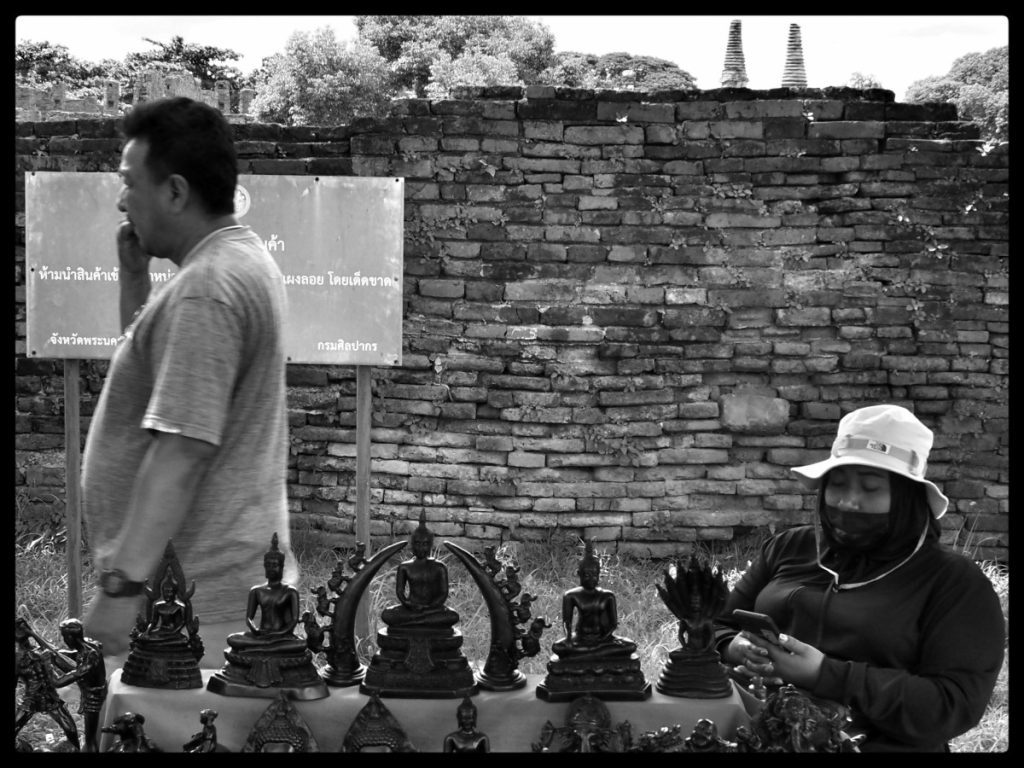
My images are a window into this land and the heritage it continues to nurture.
All photographs are by Shome Basu.
The Wire is now on WhatsApp. Follow our channel for sharp analysis and opinions on the latest developments.




